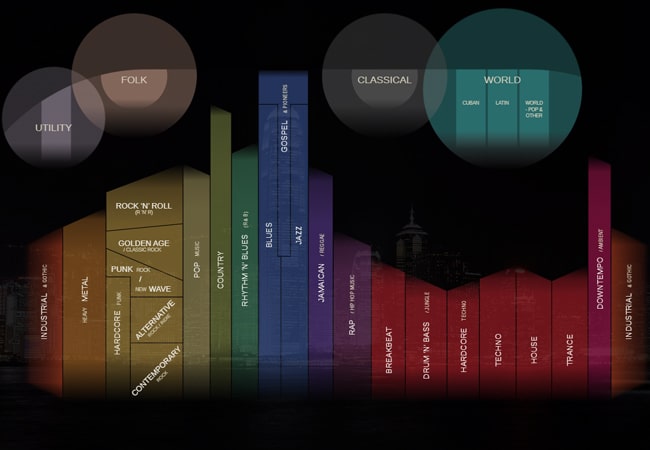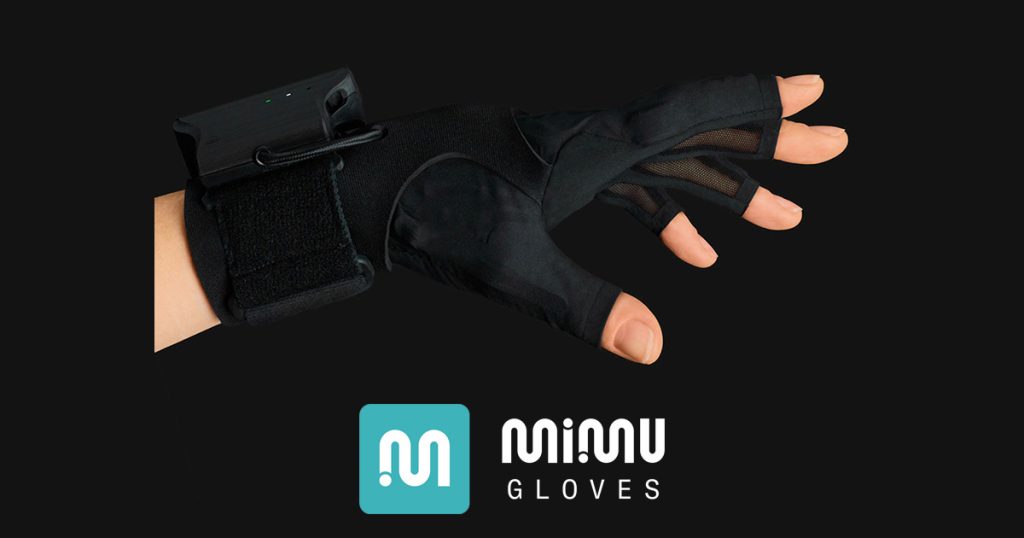Streaming has simultaneously opened doors to a global audience and reduced the “price” of a single play to mere pennies. Survival today is not about magical playlists or one viral video—it’s about building a system: understanding platform economics, minimizing losses in the rights chain, fostering direct relationships with fans, and diversifying revenue streams.
What Streaming Really Pays (and Why the Numbers Vary)
There is no fixed “per-stream rate.” Platforms distribute revenue from a pool using a pro-rata model: your “slice” depends on the share of all streams during a period, listener location, subscription type, discounts/bundles, and more. A commonly cited reference for Spotify is ~$0.003–$0.005 per stream to the rights holder (this goes to the label/distributor, not directly to the artist).
How many streams do you need to earn $1,000? It depends on your deals:
- If you’re an indie artist taking ~80% of master royalties, at an average of $0.0035 per stream, $1,000 ≈ 285,000–360,000 streams.
- If you’re with a traditional label keeping most of the master revenue, the number can rise to 1–1.5 million streams for the same $1,000.
These are order-of-magnitude estimates, not universal formulas.
New Spotify rules affecting payments:
- From April 2024, a track must reach at least 1,000 streams in 12 months to be considered for master royalties. Tracks that don’t meet this threshold are excluded from the pool.
- Discovery Mode: activating algorithmic “highlighting” means Spotify retains 30% of master royalties for streams in relevant contexts (radio/autoplay).
- Bundles and publishing royalties: combining premium subscriptions with audiobooks or other bundles can lower mechanical royalties.
- Oversaturation: 100–120k tracks are added daily, but tens of millions receive zero streams annually—most revenue is captured by a small top tier.
- Catalog vs. new releases: In the U.S., ~72–73% of listening is catalog music. Breaking through with new releases is harder due to competition with an extensive back catalog.
Why Revenues Look Low: Deep Reasons
- ARPU and subscription pricing: Low subscription fees and heavy discounts reduce revenue per listener. Price increases in 2023–2025 help, but the effect is gradual.
- Platform strategy: Platforms may be profitable one year and show losses the next due to financial fluctuations; revenue distribution is not purely linear.
- Intermediaries and opacity: Even when money reaches rights holders, deals with labels, distributors, and management often obscure transparency.
- Power of majors: Large rights holders capture most revenue from older catalogs; money naturally shifts to content that already performs.
How Artists Can Survive and Grow: 7 Revenue Channels + Practical Tips
1. Direct Fan Relationships (email, D2C, memberships)
Own contacts = freedom from algorithms. Build email lists, Telegram channels, or Discord from day one.
- Bandcamp & Bandcamp Fridays: Regular promotions have generated millions above standard payouts—fan support is tangible.
- Memberships (Patreon/Discord): Offer early access, demos, private streams, and voting for setlists—selling participation, not just music.
2. Merch – Not Just Souvenirs, But a Business Line
Merch can surpass streaming revenue for indie artists, especially via D2C.
- Why it works: Fans buy emotion/identity, not just a product; your margin per T-shirt/vinyl is often far higher than per-stream revenue.
- Approach: limited drops, vinyl options, designer collaborations, pop-ups before tours.
- Trend support: physical formats, especially vinyl, have been growing; 2024 remained strong in the U.S.
- Case example: Artists developing fashion lines (e.g., Drop Dead Clothing) turn merch into separate brand assets.
- Indie practice: invest in design/logistics rather than just playlist promotion—ROI is often higher.
3. Live Shows + Smart Touring Economics
Prepare a tour P&L: fees, travel, rider, commissions, potential merch revenue from venues. Aim to break even or profit through intelligent pricing, local partnerships, and strong on-site merch.
4. Sync Licensing as a “Big Check”
Ads, TV shows, and games can deliver one-time payouts and long-tail royalties. Prepare instrumental/clean versions, metadata, showreels, and work with music supervision/libraries. Rates vary widely.
5. Streaming as a Marketing Showcase
Regular releases matter more than “perfect album every three years.”
- Pre-saves and algorithm signals: pre-saves, collaborations, and UGC challenges increase chances of playlisting, though no guarantees exist.
- Playlists: approach both editorial and independent curators in your niche.
6. Short-Form Video: TikTok/Reels/Shorts – But With a Plan
Hook → Value → CTA formula in 15–30 seconds.
Measure not just virality but conversion: follows, pre-saves, website visits, merch sales.
7. Rights and Catalog Cleanliness = Money Not Lost
Register works/recordings; ensure mechanical/publishing rights aren’t “floating.”
Monitor rule changes (thresholds, bundles, “noise” content)—they affect monthly revenue.
Policies That Could Change Payment Dynamics
- User-Centric / Artist-Centric models: Platforms experimenting with weighting streams by active listeners. Full artist-centric is complex but experimentation continues.
- France: Minimum royalties for streaming have been legislated, creating a precedent in the EU.
- Subscription price increases: Global pricing normalization is underway, returning some revenue to rights holders gradually.
Myths vs. Reality
- “Streaming = main income for artists”: For most indies, no. It’s mainly a marketing funnel and cash flow for rights holders with large catalogs. Real money comes from merch, live shows, D2C, and sync.
- “Discovery Mode = free boost”: It’s paid traffic via reduced rates (–30% of master royalties in relevant contexts). Check unit economics before activating.
- “I just need a big playlist”: Building your own demand (email/merch/live) is better; playlists become accelerators, not the sole hope.
Conclusion
The “streaming era” isn’t the enemy of artists—it simply doesn’t reward passivity. Understanding platform economics, legal diligence, merch and D2C, content discipline, and a few “big events” per year (tour/sync/collab) form a survival and growth model in 2025.yearly events (tour, sync, collabs) form a practical survival and growth model in 2025.






